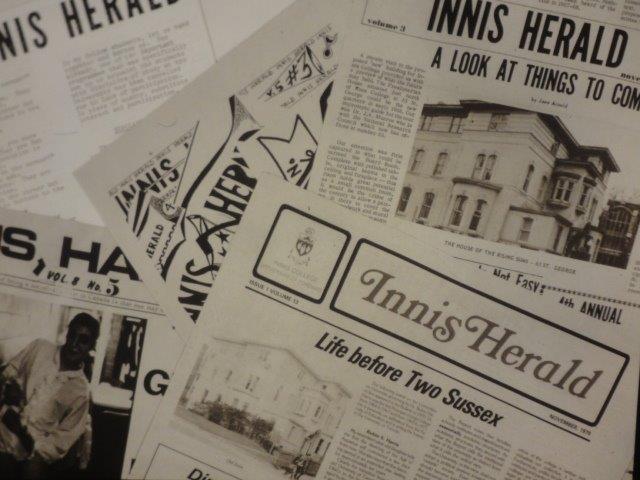Pioneering Innis: paving pathways at U of T
A conversation about well-used sarcasm, the outsiders at U of T, and an Innis dog named Harold
The first issue of the Innis Herald was published and distributed in 1965, just one year after establishing the College. In spirit of the 50th anniversary of the paper’s creation, I had the pleasure of speaking to one of its first students, who reminded me the importance of looking back before moving forward. Robert “Bud” Patrick was a pioneer of Innis College, when it had no Constitution and only a few hundred students. We also owe him the credit of our namesake, the Innis Herald.
Innis Herald: Why did you decide to get involved in Innis College, right from your first year?
Robert Patrick: We were a small group- basically pioneers-and nothing was done ahead of us. We didn’t have a constitution, we had no paper. We looked around, and other colleges had their songs and their organizations and we decided to step up to it. We were just a small nucleus that had to keep the ball rolling.
IH: Did you keep a strong connection to Innis after graduating?
RP: I lost connection with Innis College after finishing up my degree. But in later years I got involved with the alumni association, and began to realize that because I was part of the opening of the College, the material I had could all be lost.
IH: When you were in school, what was Innis like in comparison to other colleges around Campus?
RP: I think because we were small, we had tremendous spirit. Because we lived in the “fishbowl” we had a limited common ground. I remember because we didn’t have alumni before us, we didn’t have a lot of funding. It was that sort of thing that made us feel different.
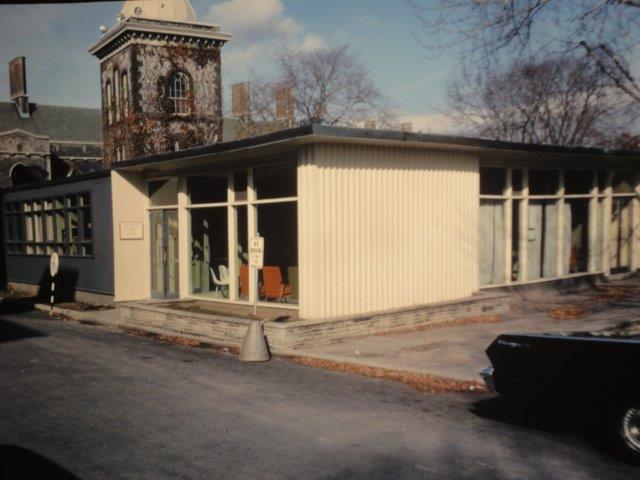
IH: Over the years, looking back at past issues of the Herald and listening to nostalgic recollections of the past, there seemed to have been the idea that Innis was a more “radical” College. Would you say this was the case?
RP: The fact that we were bringing in students from outside was quite different, and we decided to do a lot of things differently. Because we were small, in order to fill any sports team, there was tremendous spill over in using the same students for a variety of teams. We were the first to have a writing lab on campus, and the more we were noticed for being different, the more we seemed to grow into it. The president of the College at the time, Ken Stone, ripped up his diploma on stage when he graduated- basically saying that this diploma wasn’t worth the paper it’s written on. That was even covered by the Toronto Star. So that kind of became symbolic of Innis College- that we weren’t traditional. We were the first students to sit on the University Council. Those were some of the things that were looked at as radical, but it was just the environment. We were pioneers- nothing was impossible.
IH: You are responsible for our namesake, The Innis Herald. Can you tell me the story behind that?
RP: There was a contest to name the newspaper and I submitted the name The Innis Herald (a play on Harold Innis, of course). The prize was supposed to be a record, and my name was selected but I never did receive it. Roger Riendeau found out about that and about forty years later at one of the presentations here at Innis College, gave me the record. It was the most famous songs of the 1960’s.
IH: Looking back at past issues of the Herald, I notice the attitude that seems consistent through the issues. It’s been one of my favourite papers to read because it’s just been a great mix of sarcasm and not taking itself too seriously.
RP: Yeah, we didn’t take things too seriously, but we dealt with the pressing issues of the day. Not bigoted, closed-minded, or entrenched. However, if things required a certain amount of seriousness, they were addressed accordingly.
IH: How do you think your U of T experience would have been different if you had gone to any other College?
RP: Well, that’s hypothetical, but I think I would have been lost. If I had been a body in a large college, I just would’ve been a pebble on a beach. But being a first year student at Innis with about 295 students, there was so much more initiative to get involved. In a larger college, it wouldn’t have happened. We personally contacted all the students coming into Innis the year after us to welcome them. Something like that just wouldn’t have happened anywhere else. It was easy to find something you can attach yourself to. We also had a dog that was found and named it- as you can probably guess- Harold. We later found out it was a female dog, and we kept it quiet for a few weeks, until being forced to give her away.

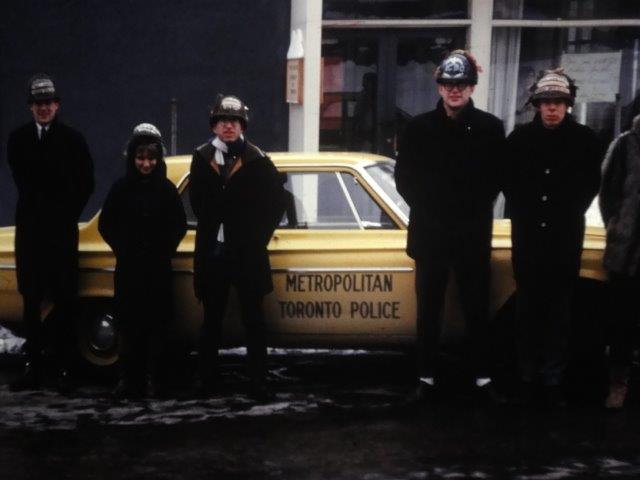
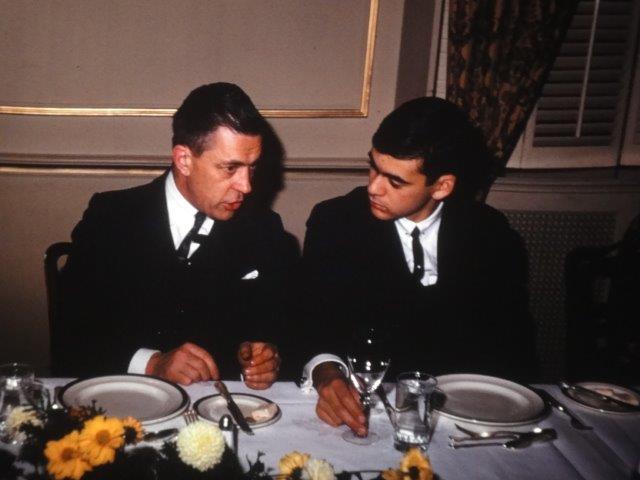
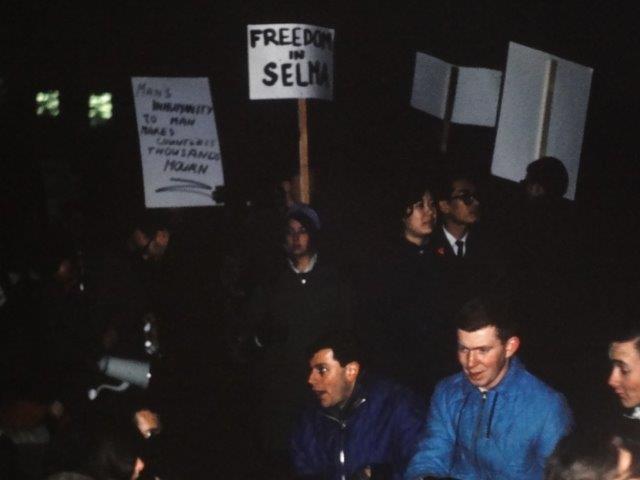
This interview has been edited and condensed for clarity and length.
Featured image courtesy of Robert Patrick
